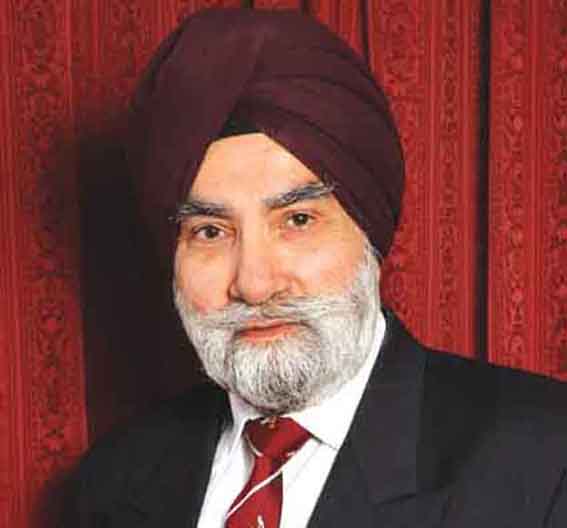Hindutva Politics of the Background of the Gurus and Panj Piaray

(Continued from last week)
Khalsa Nash Doctrine:
ਬਲਿਹਾਰੀ ਇਹ ਪ੍ਰੀਤਿ ਕਉ ਜਿਹ ਜਾਤਿ ਬਰਨੁ ਕੁਲੁ ਜਾਇ ॥੫੭॥
I am a sacrifice to this love, by which social class and status, color and ancestry are taken away. ||57|| (Salok Bhagat Kabir SGGS 1367).
As we watch with apprehension the Russia-Ukraine and Israel-Gaza wars, we are also reminded of the existential threat to smaller countries and communities around the world. In India, Hindutva or Hindu nationalism is an extremist ideology that aims to dismantle secularism and transform the country into a Hindu Rashtra.
While some religious minorities like the Muslims are already being treated as second class citizens, the Sikhs are being given the alternative to either accept that they are a sect of Hinduism or be treated as separatists and extremists. This becomes a matter of global Sikh concern.
The suffocating serpentine embrace of Hindutva politics is being felt by the Sikhs. Yet, the lesson for the tenuous Indian democracy is clear, that independent (distinct) people like the Sikhs cannot be suppressed by force or won over by incentives, short of their inalienable right to free choice as a people.
Political proponents of a Hindu Rashtra have been hyper-active in trying to assimilate Sikhi into the Hindu conglomeration. Not only Article 25 of the Indian Constitution but also ploys like the so called dharmic faiths are being used to assimilate Sikhi as a Hindu sect. The word dharam has a place and a meaning in Sikh thought. It was well explained and lived especially by Guru Tegh Bahadur. However, suspicions are roused when we are persuaded to describe miri-piri Sikhi as Sikh dharam only, otherwise a description accepted in the sense of a distinct path or way of life as in the Sikh Reht Maryada.
Sikhi-living based on simple principles, is described in the language of the ordinary people. The revolutionary Bhagats honoured in Guru Granth Sahib had already rejected their own earlier paths and, specifically, the path of the Brahmin, for example, in the Words of Bhagat Kabir:- He []]the Brahmin] himself is drowning in the four Vedas he drowns his disciples as well. (ਆਪ ਡੁਬੇ ਚਹੁ ਬੇਦ ਮਹਿ ਚੇਲੇ ਦੀਏ ਬਹਾਇ).
As His very first Message to humanity, Guru Nanak rejected the sacred thread (janeu) symbolic of societal divisions of the high and low through the Manuvadic caste system. As a result, sovereign Sikhi, defended by the sword of Guru Nanak-Gobind Singh, will remain stuck in the throat of the Brahmanic boa.
The One Creator Being is uniquely described in the Mool Mantar. The underlying unity of creation is seen through all its apparent diversity. The true followers of Sikhi were invited to follow this learning path (Sikh Panth) fearlessly. The break from previous life-style and religion had to be total and unequivocal for a Sikh to be able to tread the path of the Guru.
The process is stated by the Khalsa Nash Doctrine translated by Harinder Singh of Sikh Research Institute, US:- An Amrit initiated Sikh like the first Panj Piaray renounced their previous occupations (krit nash) to work for Akal‐Purakh (Creative Personality) severed their family ties (kul nash) to become the family of the Guru rejected their earlier creeds (dharm nash) for the Khalsa replaced karma (karam nash) with the Grace and stopped superstitions (bharam nash) for belief in Ik Oankar (One Force). []]Sikhri.org, articles] (continued)
Gurmukh Singh OBE
Principal Civil Servant retd (UK)